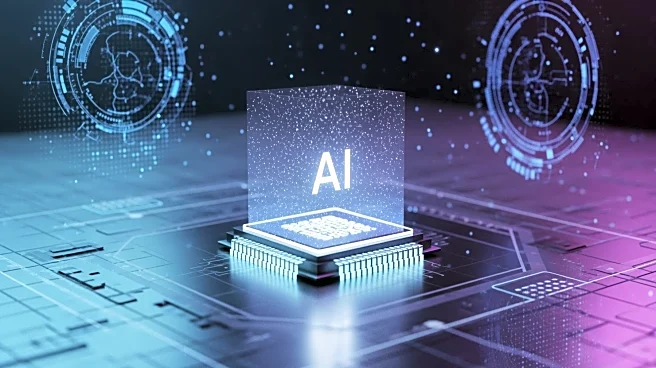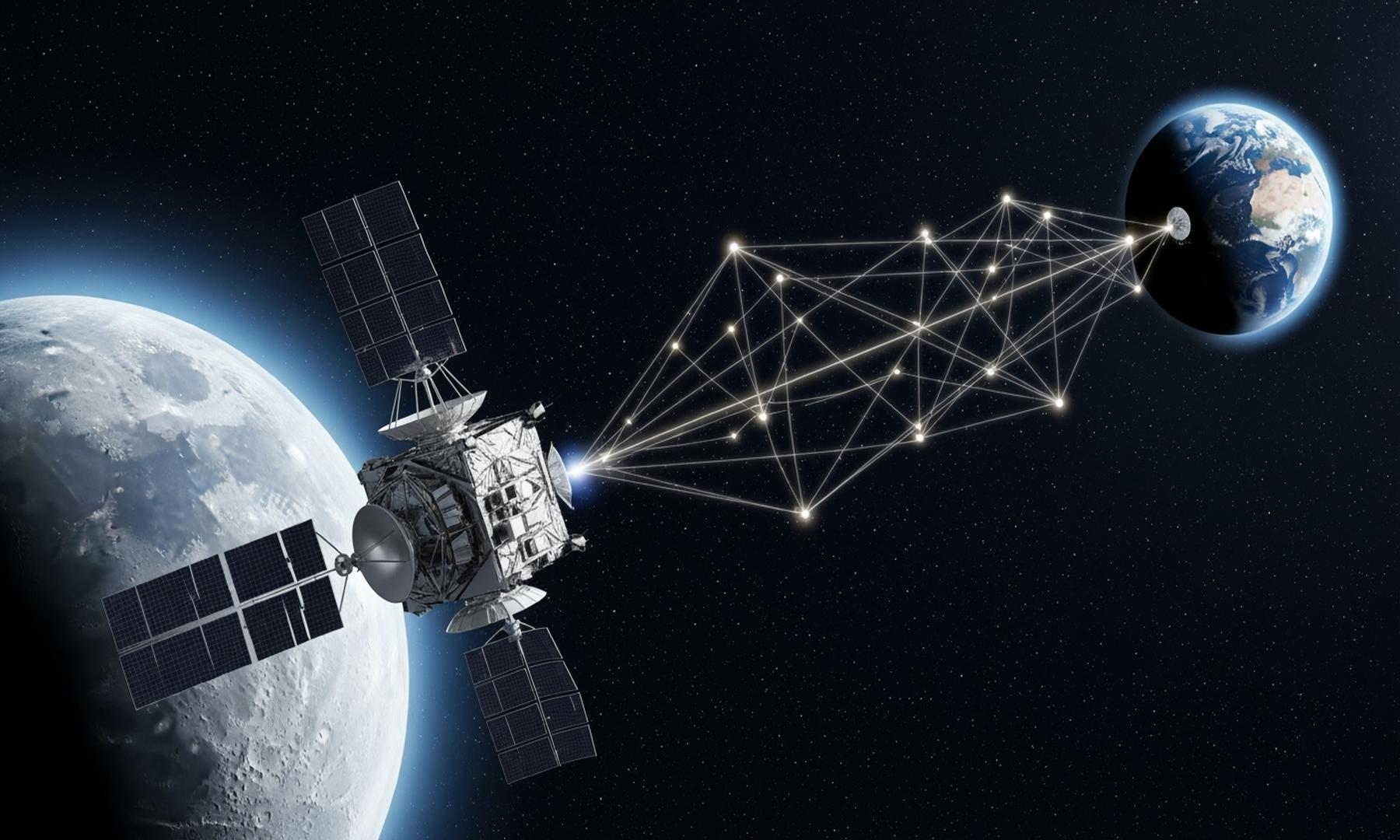What's Happening?
The S&P 500 utilities sector has experienced a remarkable transformation due to the artificial intelligence boom, becoming one of the top-performing groups in the index. Since the end of 2023, the utilities sector has increased by 44%, ranking third behind
communications services and information technology. This growth is driven by the demand for energy to power data centers essential for AI development. Independent power producers like NRG Energy Inc., Constellation Energy Corp., and Vistra Corp. have seen substantial gains, with NRG Energy up 85% in 2025. Historically, utilities were considered a defensive investment due to their reliable dividends, but the current momentum has shifted their role in the market.
Why It's Important?
The transformation of the utilities sector highlights the broader impact of AI on traditional industries. As AI continues to drive economic growth, sectors that support its infrastructure, such as utilities, are poised to benefit significantly. This shift challenges the conventional view of utilities as a safe, dividend-focused investment, making them more susceptible to market volatility. Investors may need to reassess their strategies, as utilities now exhibit characteristics similar to tech growth stocks. The sector's reliance on AI spending introduces new risks, as any slowdown in AI investment could lead to a repricing of utilities stocks.
What's Next?
The future of the utilities sector will depend on the sustained growth of AI and its demand for energy. If AI investment continues to rise, utilities may maintain their growth trajectory. However, any disruption in AI spending could impact utilities' performance. Investors may need to diversify their portfolios to mitigate risks associated with the sector's increased cyclicality. Additionally, utilities' role as a defensive investment may diminish, prompting investors to seek alternative safe havens, such as gold stocks, as suggested by industry experts.
Beyond the Headlines
The shift in the utilities sector underscores the evolving nature of traditional industries in the face of technological advancements. As utilities become more integrated with AI, they may face new regulatory challenges and opportunities for innovation. The sector's transformation could lead to changes in energy policy and infrastructure development, influencing how energy is produced and consumed. This evolution may also impact employment patterns and skill requirements within the industry, as companies adapt to new technologies and market demands.















